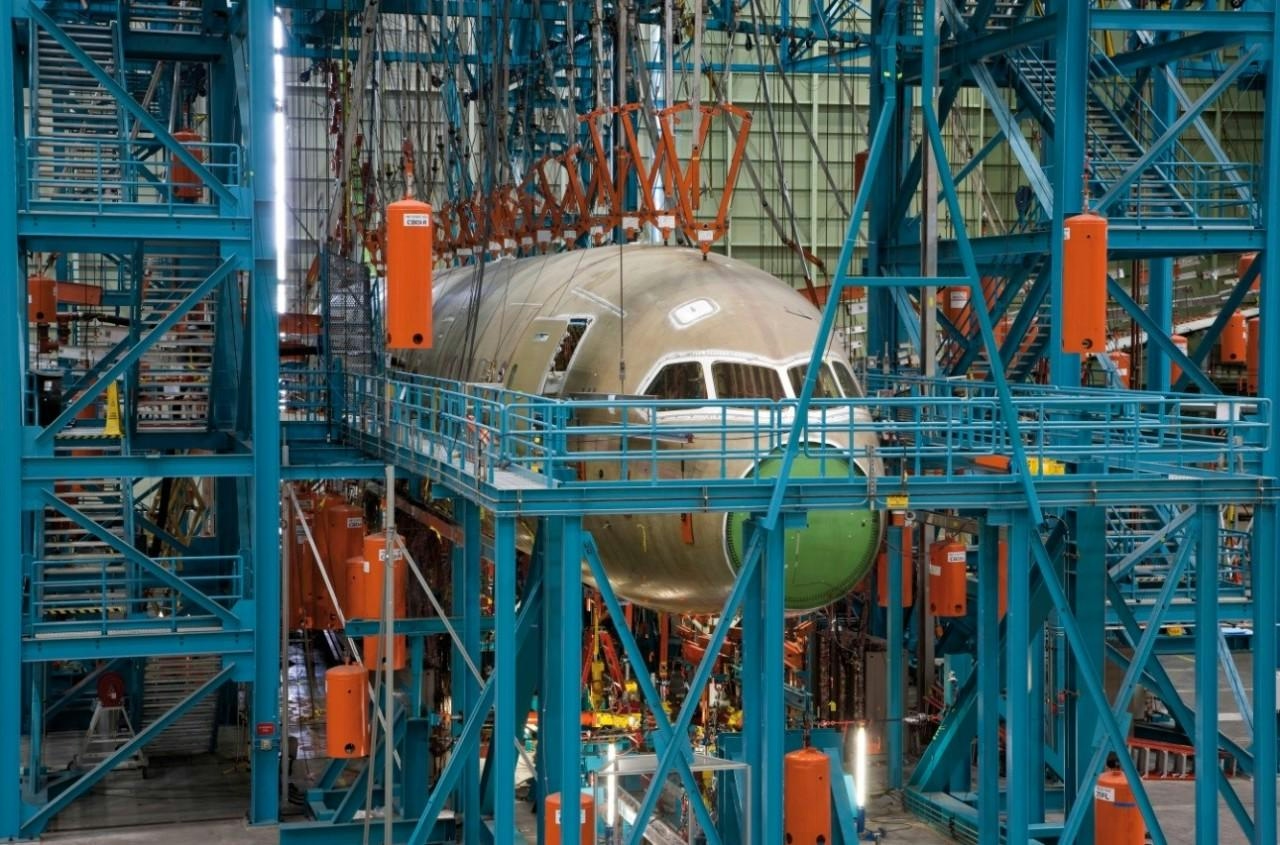
AeroGenie – Ihr intelligenter Copilot.
Trends
Categories
SunExpress Adopts Fully Paperless Operations with AMOSeTL Integration
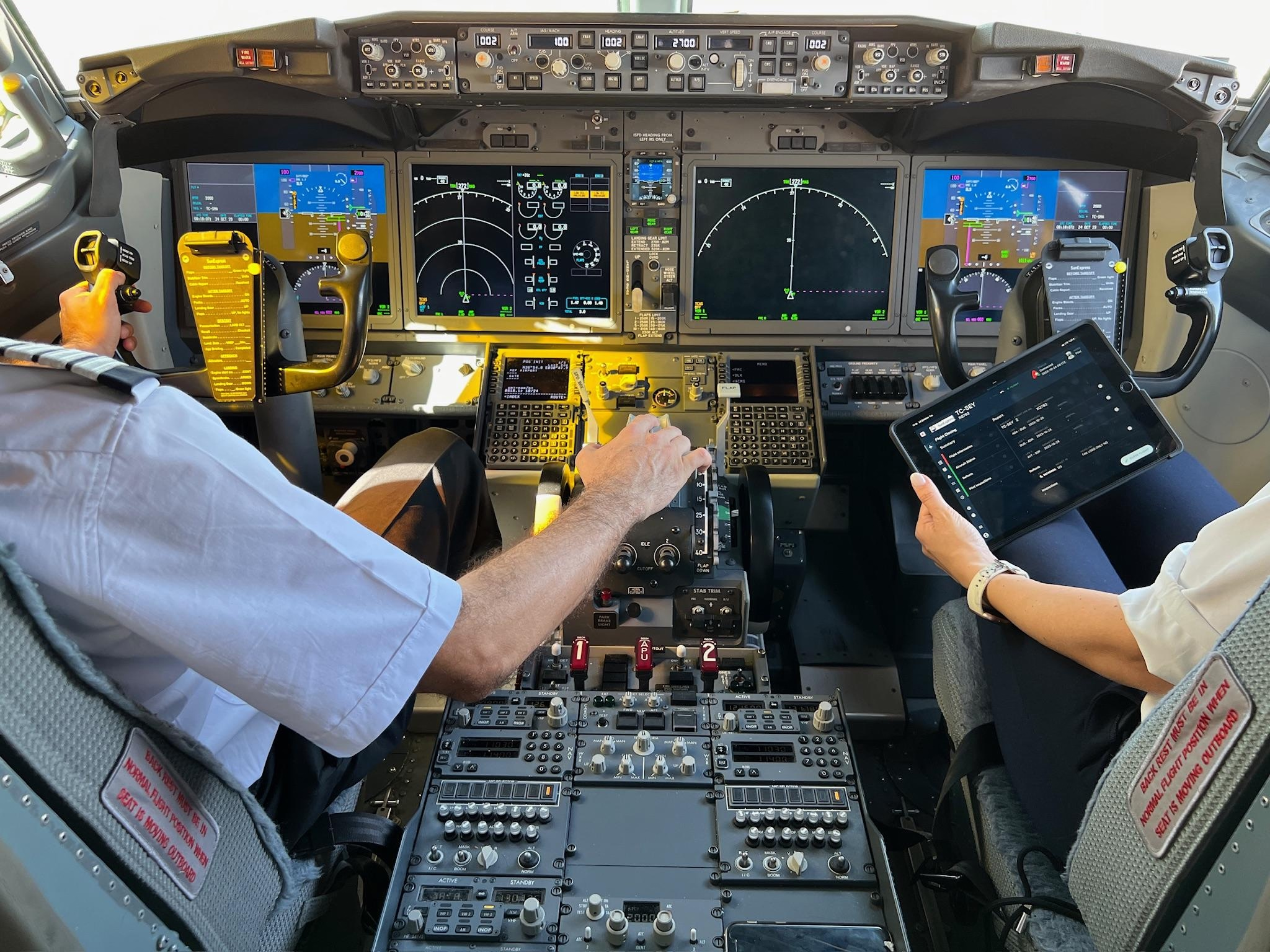
SunExpress Adopts Fully Paperless Operations with AMOSeTL Integration
Swiss AviationSoftware (Swiss-AS) and SunExpress have announced the successful implementation of AMOSeTL, a fully integrated Electronic Tech Log solution within the AMOS system. This development marks a significant milestone in SunExpress’s ongoing digital transformation. Over a two-year collaboration, SunExpress not only acted as the launch customer but also served as a strategic development partner, contributing valuable insights to tailor the solution to the practical demands of airline operations.
Since the project’s inception in 2022, SunExpress has been actively involved in shaping AMOSeTL through continuous feedback during workshops, demonstrations, and testing sessions. This close cooperation was crucial in enhancing the product’s usability and ensuring it met the rigorous requirements of daily airline workflows.
Phased Implementation and Regulatory Compliance
The rollout of AMOSeTL followed a carefully planned, phased approach. Beginning in April 2024, a “parallel run” allowed SunExpress to operate the new system alongside existing paper-based processes. This phase was succeeded by a staged deployment of iPads and extensive testing conducted by pilots, engineers, and the AMOS Competence Centre. Achieving regulatory approval from the local aviation authority was a pivotal step, supported by comprehensive documentation and training materials.
By January 2025, SunExpress commenced the transition from traditional paper tech logs, initially focusing on its Boeing 737-8 fleet. Within three months, the entire fleet had fully adopted AMOSeTL, completing the airline’s shift to paperless operations.
Enhancing Efficiency and Sustainability
The integration of AMOSeTL with AMOSmobile/EXEC facilitates real-time collaboration between flight crews and maintenance teams. Pilots can now record and monitor aircraft status directly via their devices, while engineers receive immediate updates, enabling prompt responses and streamlined workflows. This digital transformation not only improves operational efficiency but also aligns with SunExpress’s sustainability goals by significantly reducing paper consumption and waste.
The move to fully paperless operations highlights the airline’s commitment to environmental responsibility, offering a more connected and eco-friendly approach to fleet management.
Industry Implications and Future Prospects
Although transitioning to a fully digital system presents challenges such as change management and system integration, initial responses from the market have been positive. SunExpress’s successful adoption of AMOSeTL positions the airline as a frontrunner in digital innovation within the aviation industry. Observers anticipate that competitors will follow suit, accelerating the broader adoption of similar technologies.
The partnership between Swiss-AS and SunExpress, culminating in the fleet-wide integration of AMOSeTL, establishes a new benchmark for operational excellence and sustainability in aviation. As SunExpress continues to advance its digital capabilities, its experience serves as a model for the industry, demonstrating the tangible benefits of leveraging technology to enhance efficiency and environmental stewardship.
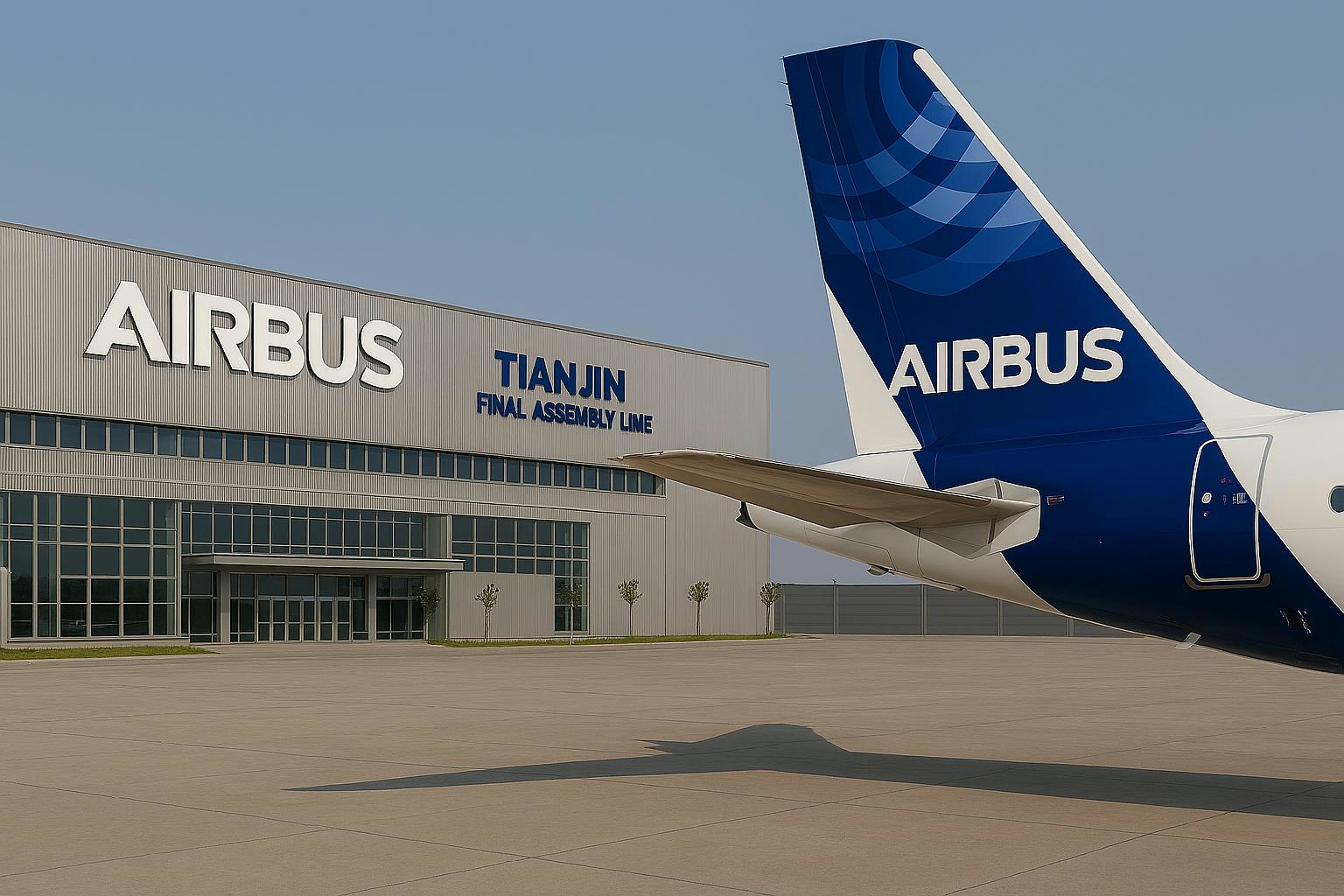
Air China Shares Rise After $9.5 Billion Airbus Jet Order

Why Airbus Chose Four Engines for the A380
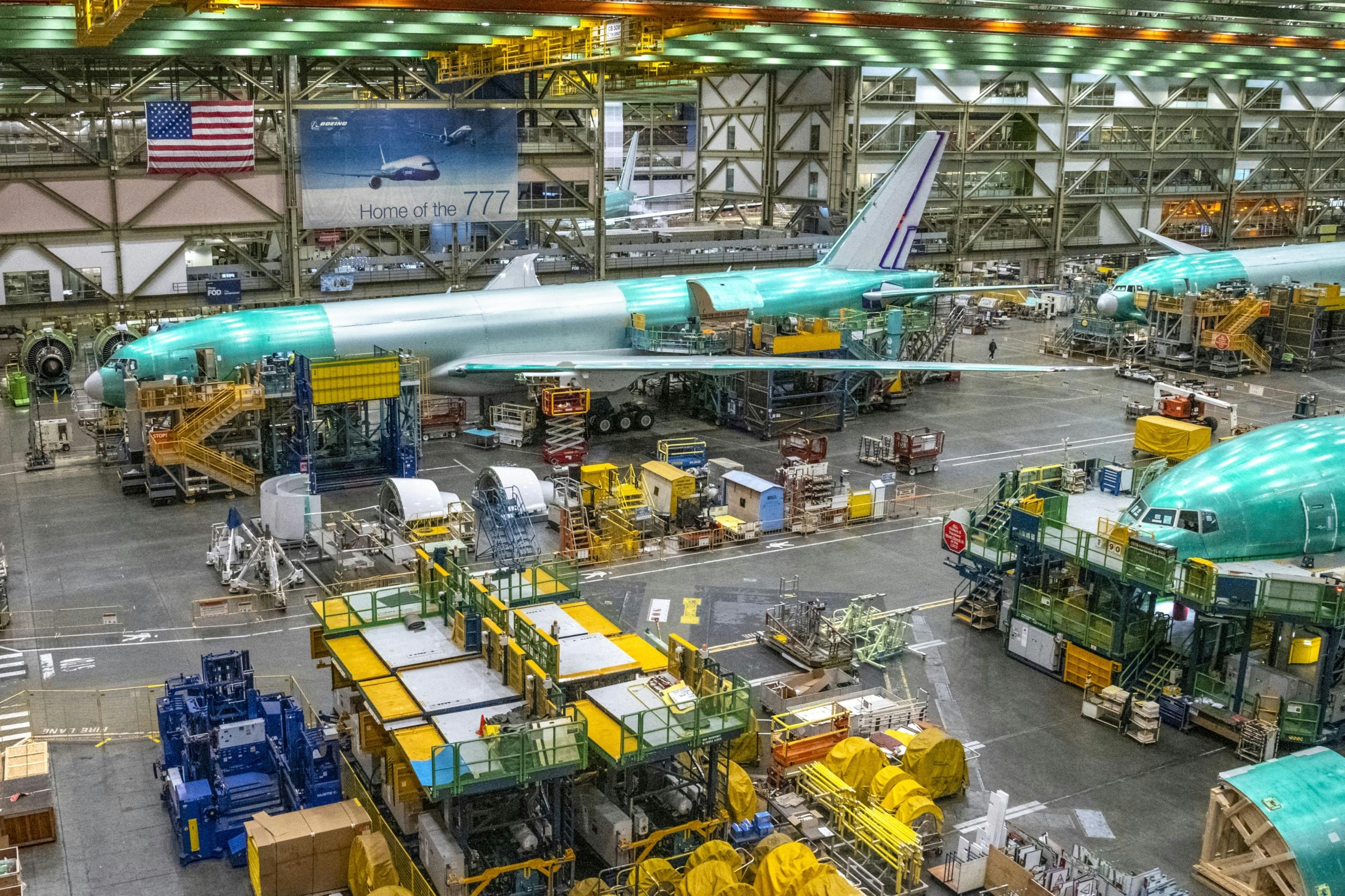
Key Defense Aviation Trends to Watch in 2026
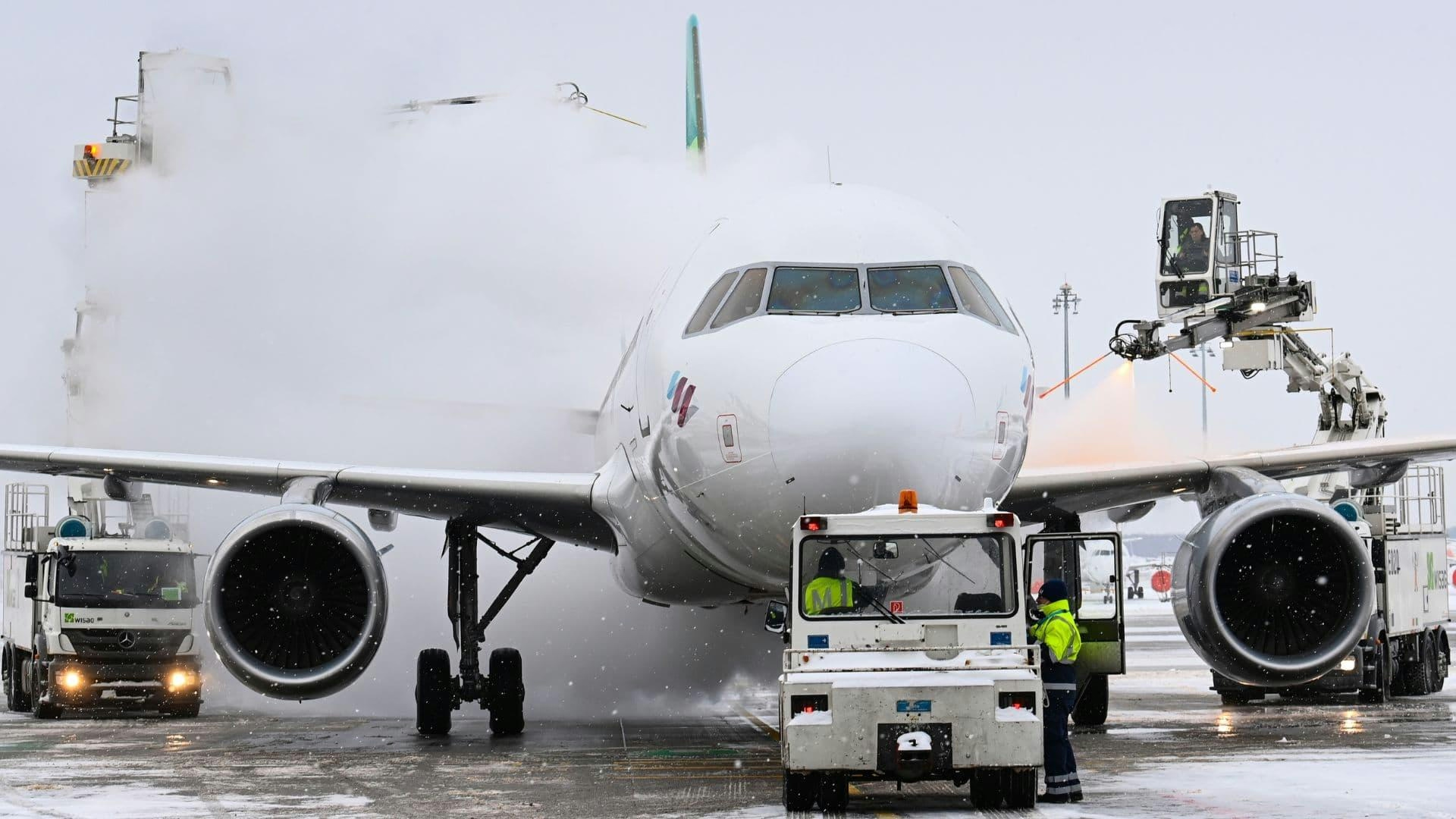
Body Lotion Additive Significantly Enhances Aircraft Anti-Icing Performance
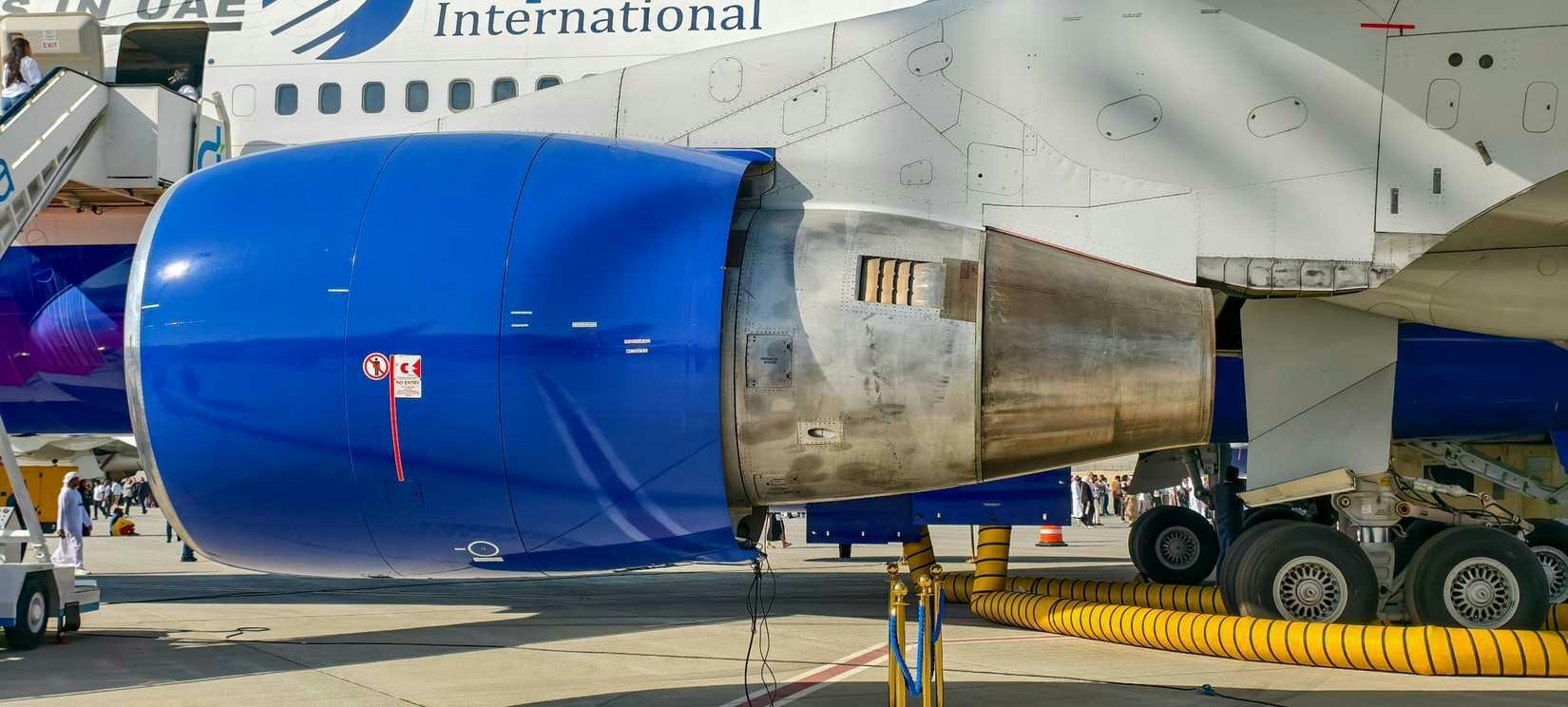
Why the Boeing 747-400 Uses Three Different Engine Types

DGCA Questions AI System Over Dreamliner Operations Amid Technical Issues
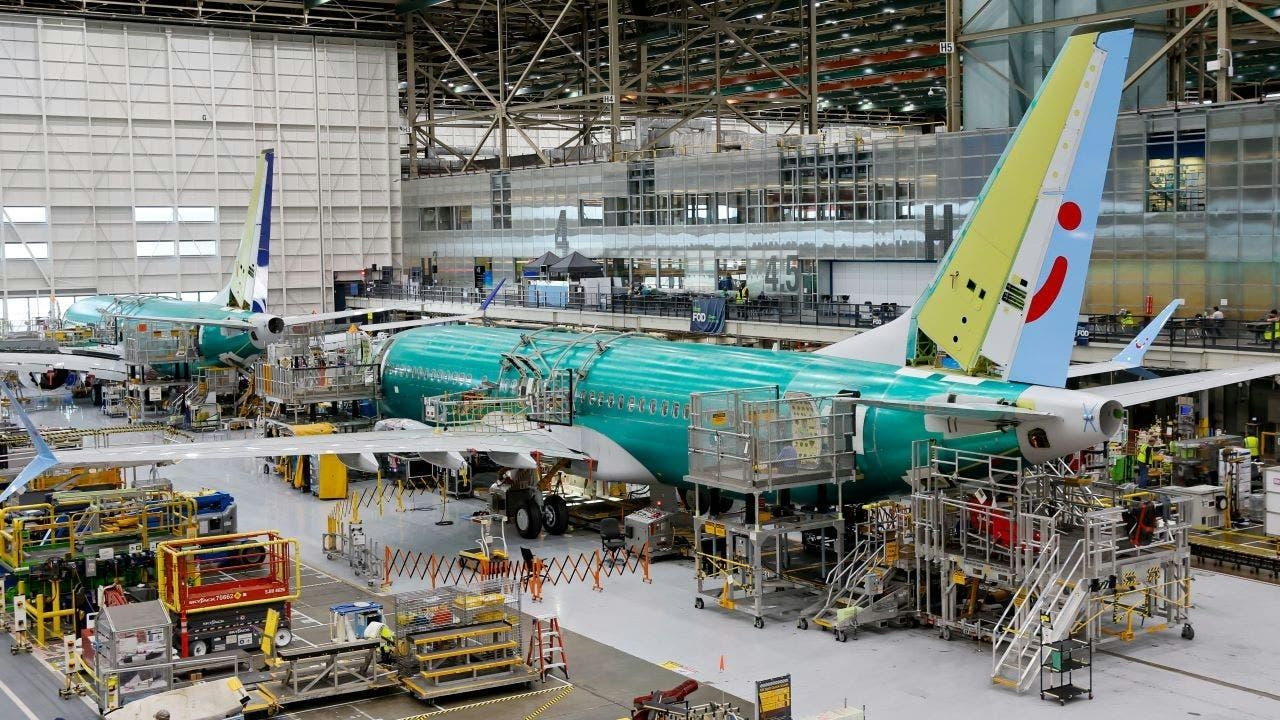
The New Aircraft Poised to Replace a Leading Narrowbody Model

The Future of Travel, According to the CEO of Europe’s Busiest Airport
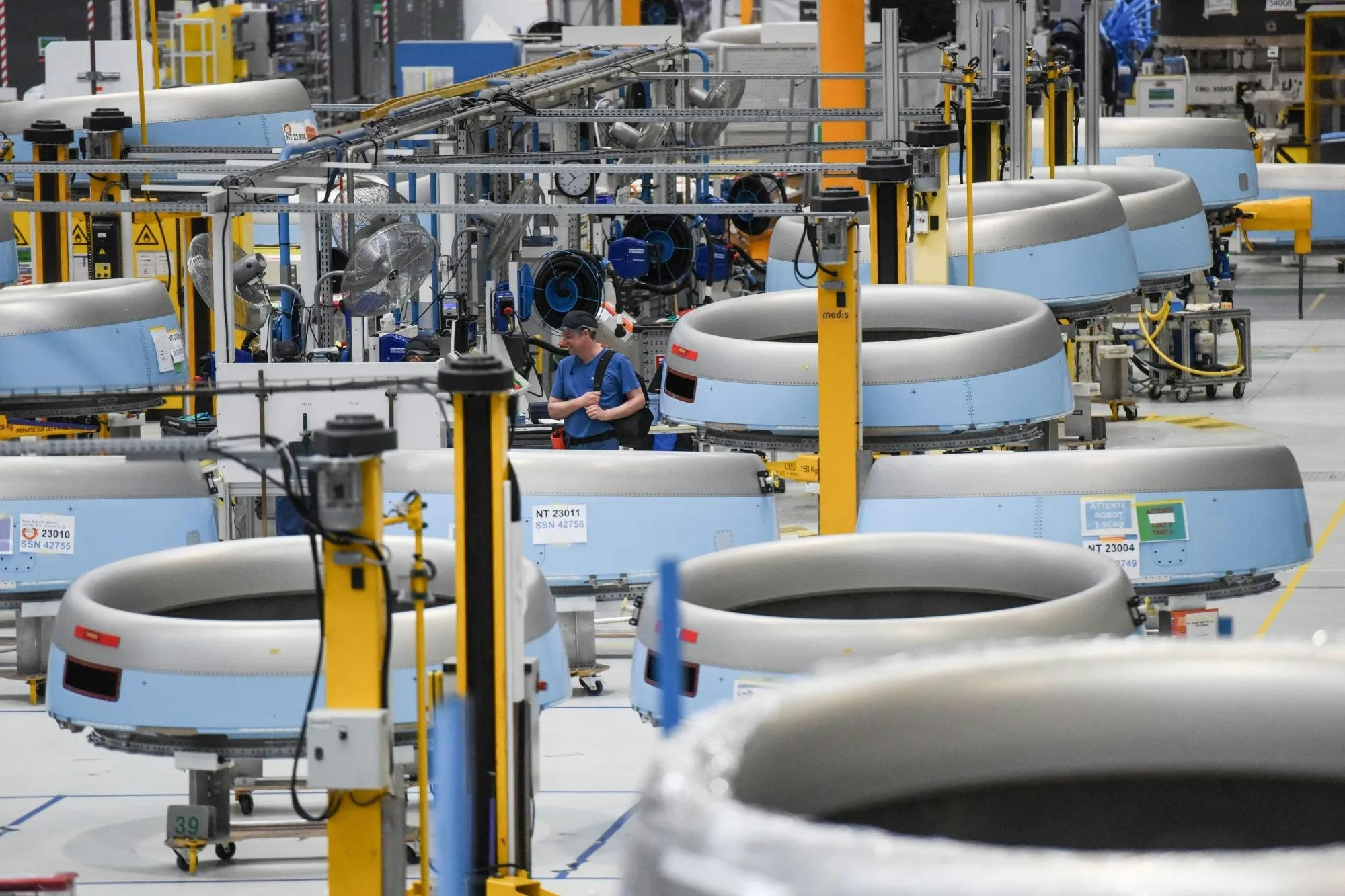
Airbus Accelerates Year-End Deliveries to Meet Targets
